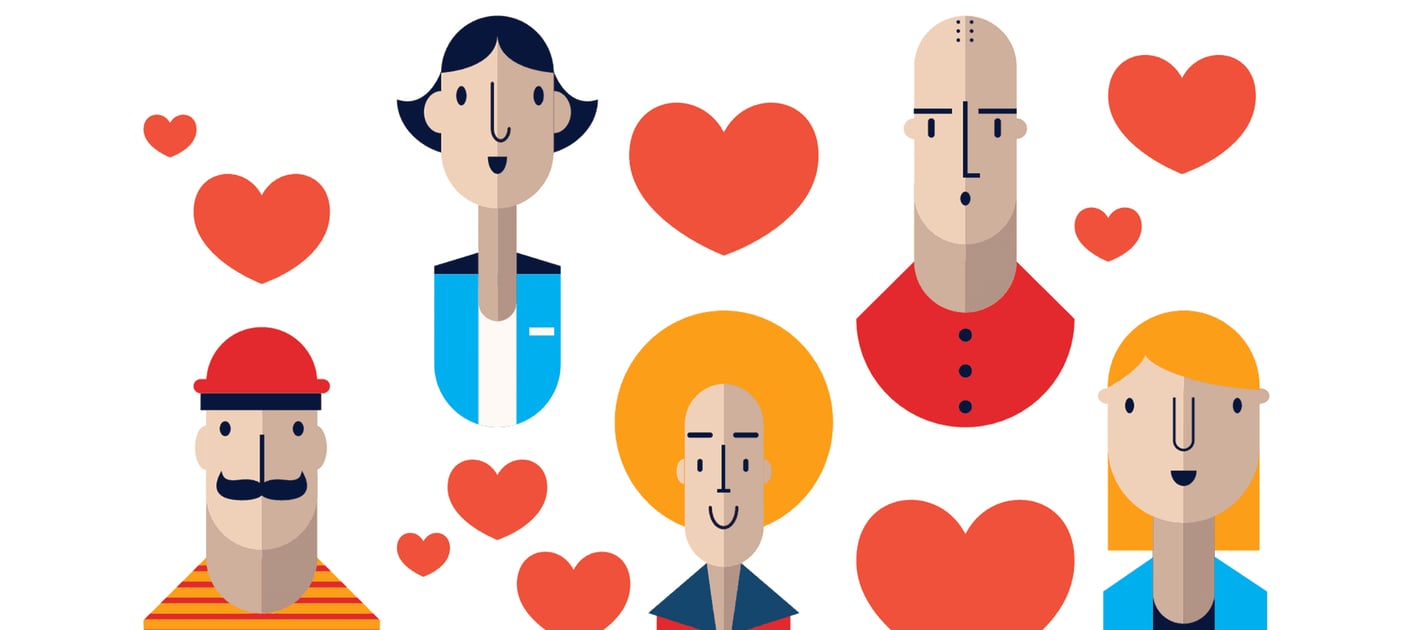10 CRM quick-wins: emails to boost customer value and loyalty
May 20, 2021 •Kevin McSpadden

Whenever I meet with marketing teams to discuss their email strategies, I hear this kind of thing:
‘We’ve been asked to improve email revenue.’
‘We’re already working flat-out, finding and building content for the 5 emails a week we do now!’
‘Customer unsubscribes are increasing. They don’t like being bombarded with emails.’
‘We’re much more promotional than before, but how else can we improve response?’
How to resolve these issues? Automated Customer Relationship Management strategies. The beauty of automated email triggers is that they’re relevant, targeted and well-timed communications – with response rates 2 – 3 times better than standard communications. They might take some time to set up and require some creative updating, but unlike most campaigns, they run with minimal upkeep, maintaining customer engagement and boosting email revenue. What’s not to like?
To boost your effectiveness, I’ve put together a top ten list of the most effective automated CRM emails you can send:
- Abandon basket
- Audience: Customers with a populated basket but no checkout
- Rationale: A small reminder / nudge will bring them back to convert with you – rather than a competitor
- What works:
- Send it quickly
- No offer
- You must feature the products in the basket
- Abandoned Product Page
- Audience: Customers who have browsed a product page
- Rationale: You know they’re interested in the product, so remind them how good it is!
- What works:
- Send it quickly and send a reminder
- No offer
- A clear call to action to buy the product, using the product copy to remind the customer of its benefits.
- The Nursery Programme
- Audience: New buyers
- Rationale: If new customers buy again, they are most likely to do so within weeks of the first order
- What works:
- Recognise and welcome the customer as a 1st time buyer
- Build a series (similar to the welcome) to introduce yourselves and highlight more of your winning products
- Recommend products that naturally follow from their initial purchase
- Anniversary
- Audience: Customers whose last purchase was 12 months ago
- Rationale: Customers are creatures of habit and are most likely to buy at the same time as last year (particularly if your business has a high volume of gift buyers)
- What works:
- Send a week or two before the anniversary date, to allow time for consideration
- Show them the last purchase (it will remind them why the bought it)
- A time-limited offer reduces the decision-making required
- Welcome Programme
- Audience: New email subscribers
- Rationale: Prospects need converting, and sometimes they need a prompt. After all, they’ve never bought from you before
- What works:
- Start quickly – immediately after sign-up. But hold off from ‘Business As Usual’ (BAU) emails to these customers during the series – the focus should be on introducing the brand, to build the desire to purchase
- Build a short series of emails showcasing the brand and your great product
- Feature your best sellers (or what they’ve been browsing, if you know that)
- Repeat any acquisition incentives you run to maximise conversion
- Lapsing Trigger
- Audience: Good quality buyers showing signs of lapsing
- Rationale: The earlier you stop a customer from lapsing, the less expensive it is to reactivate them in future
- What works:
- Analyse typical time between orders for good (multi-buying) customers
- Automate sending an offer to customers when their time between orders has passed the average period
- Ensure the email stands out from BAU emails. This one has to change behaviour to be successful – so give this email room to breathe, and suppress BAUs.
- 1st to 2nd order ‘last chance’
- Audience: Unconverted single buyers
- Rationale: A last chance offer before they go totally cold will boost orders
- What works:
- Time the communication a few months after the nursery programme has finished, but well before their buying anniversary
- Remind them why they bought the first time (i.e. highlight your product’s USPs)
- Consider an exclusive offer

- Birthday
- Audience: All emailable customers with their Date of Birth recorded
- Rationale: Recognising their birthday with a small treat will work disproportionately well
- What works:
- Send in advance of the customer’s birthday
- Make an offer or small gift with purchase
- Product Cross-sell
- Audience: All buyers
- Rationale: All products can be associated with others that haven’t been bought yet. Help the customer by showcasing what these are
- What works:
- Analysis of product associations
- Show the customer’s last purchase
- Provide testimonials for the recommended cross-sell items
- Product Replenishment
- Audience: Buyers of the most popular replenishable product
- Rationale: A well-timed reminder before the product runs out is a great way of generating a repeat purchase
- What works:
- Know the average time between purchase of your best multi-purchased products – and send the trigger a couple of weeks before
- Show the product in the email
- Offer time-limited free delivery with the call to action, to make purchasing the product a really easy decision.
Your priority will vary according to your business – for instance, sellers of consumables will focus more on ‘replenishment’, gift sellers on ‘anniversary’. So, select the most relevant priorities to begin with – and add the rest, as appropriate.
Once you have these in place, customers’ value and loyalty will increase, and with automation, your life will be a whole lot easier!

